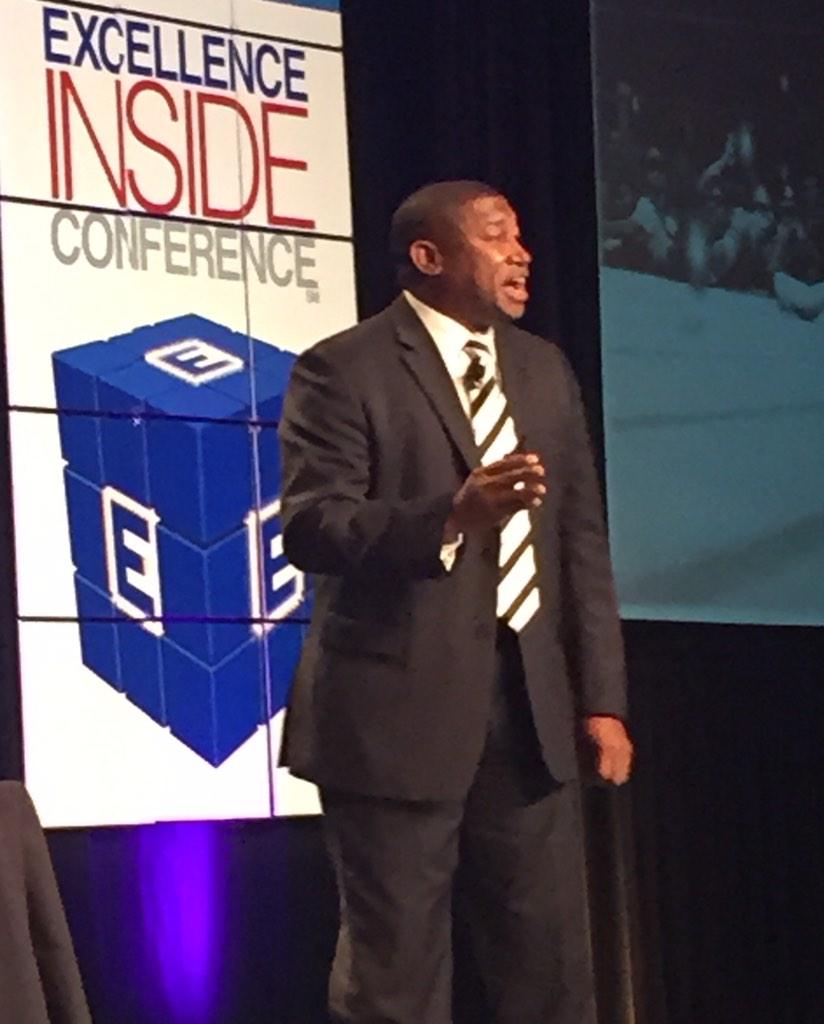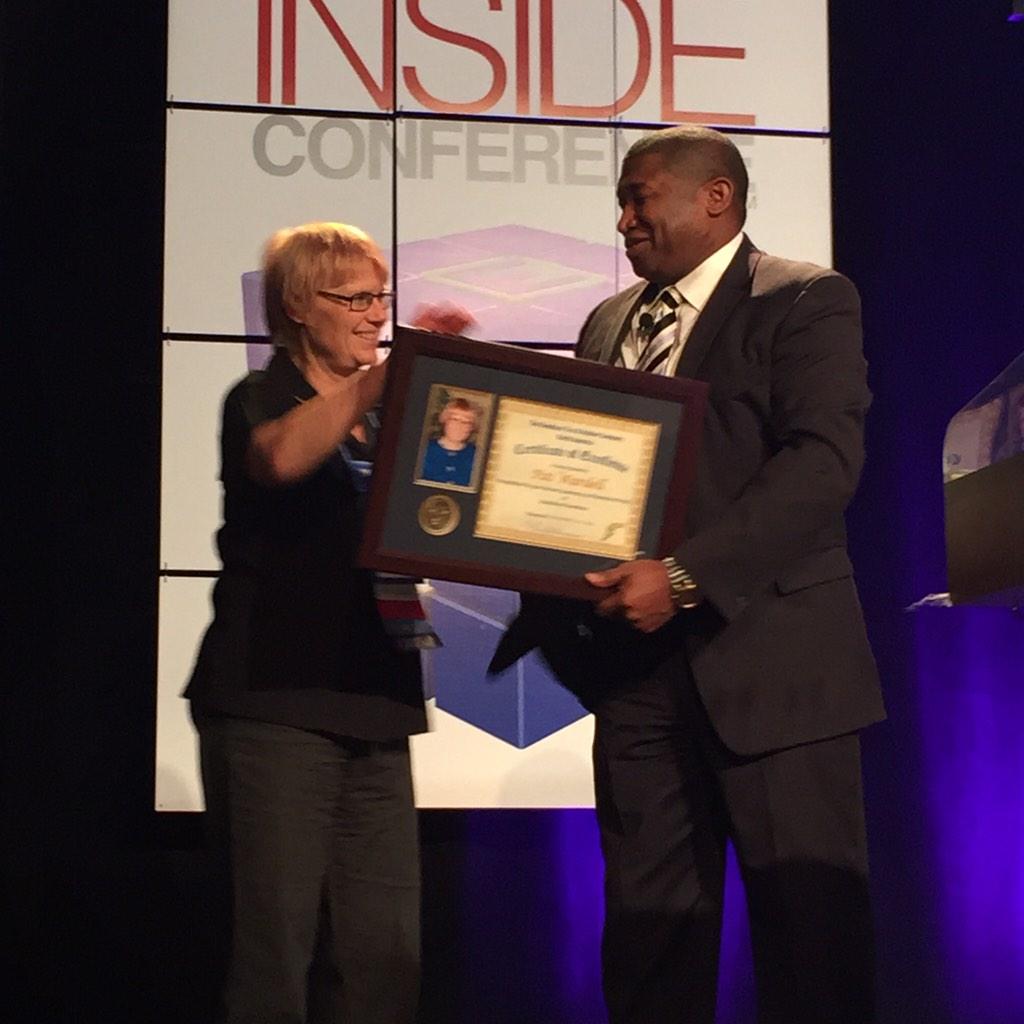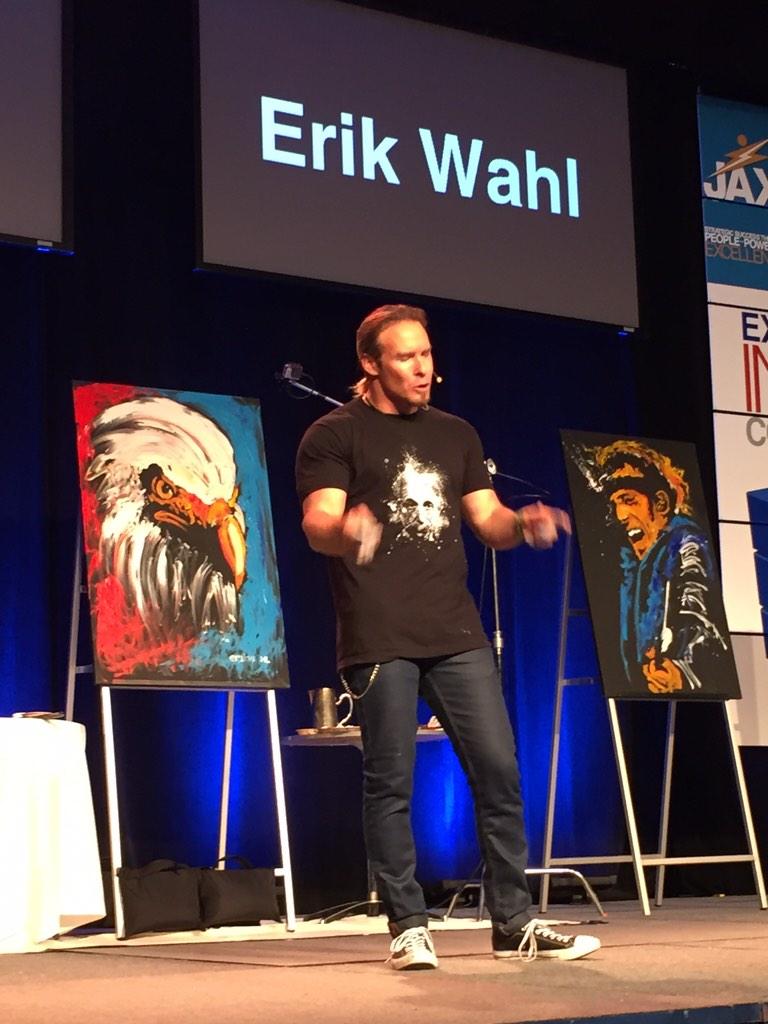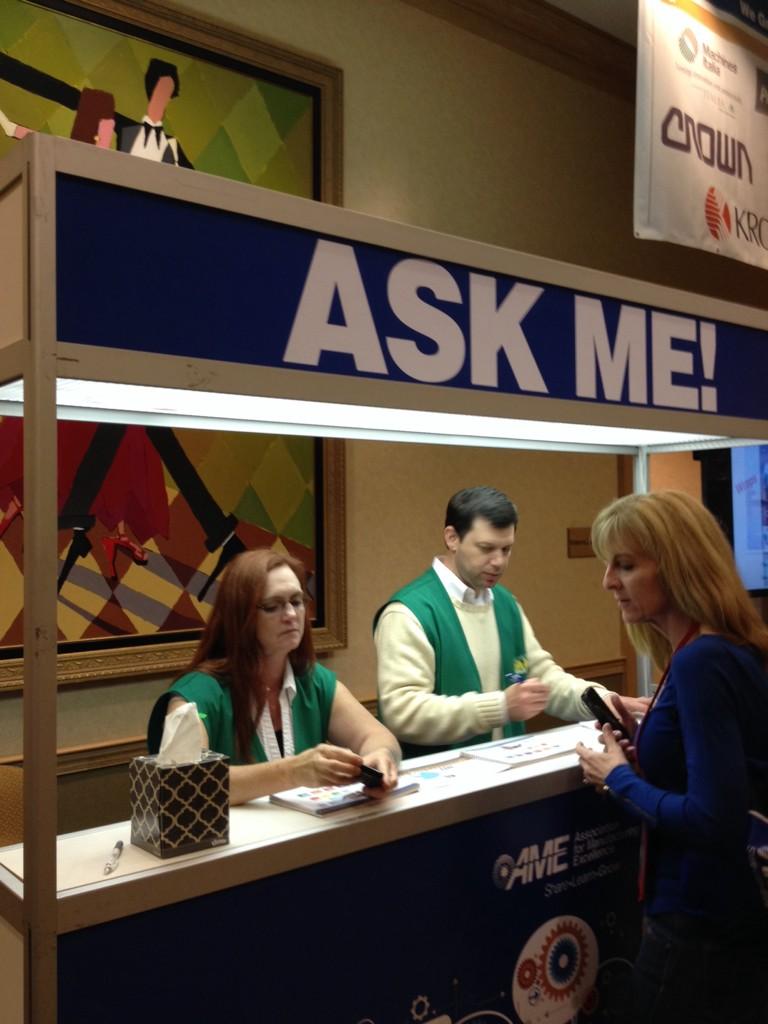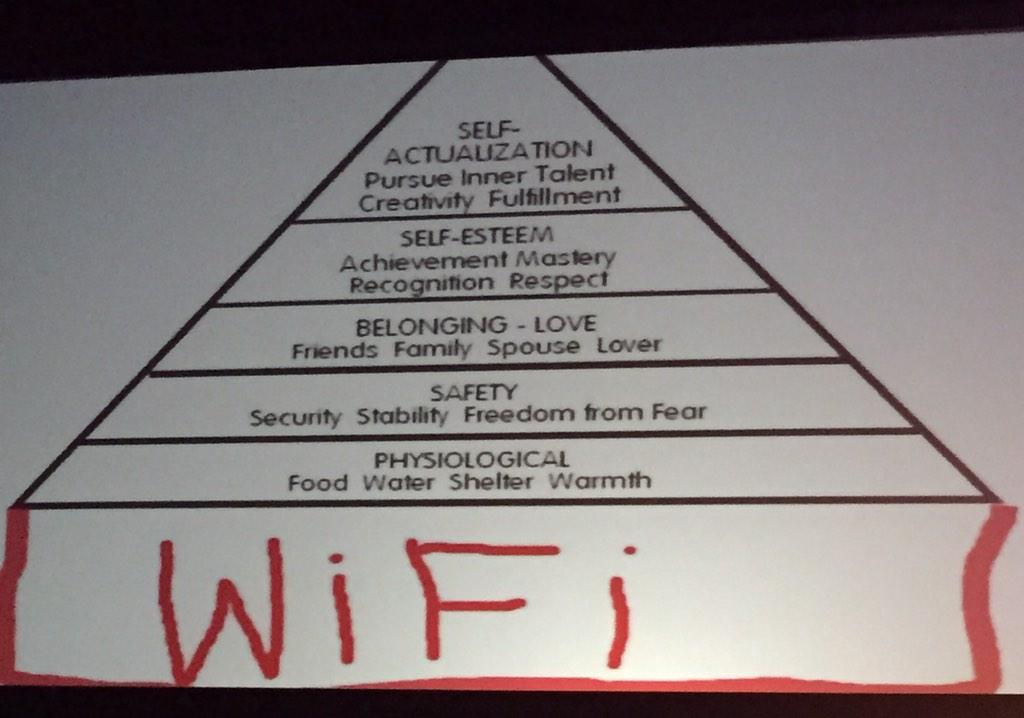Just one day after Charlotte’s big ice storm, a group of 24 professionals from Charlotte area Businesses actively participated an hour-long hands-on experiment on Innovation. The atmosphere could be described as fun, engaging and thought-provoking. By having such a diverse group of people in one room with the objective to come up with creative solutions to design challenges, we noticed two major themes emerge.
The first big surprise came from a very simple exercise called the “tower game”. Groups of four to six people were simply instructed to use three sheets of paper to create a tower, and the tallest freestanding tower would win. It required people to think outside the box and the learning moment was that we may be unnecessarily constraining our thinking. While some teams were way ahead of the challenge; and solutions such as writing the “tallest tower” on a piece of paper, and even Peter holding his paper above his head while standing on a chair, most people focused on folding the paper so it would stand in columns without falling.
The second big aha moment came from trying to solve a problem that Blockbuster Video faced in the 1980s. Customers were complaining that video cassette tapes were not completely rewound for them at the time of rental. By giving people a problem that actually had occurred, they could relate because you were actually solving a business problem that people had faced in the past. Our “aha” moment came from realizing if you were asking yourself; “what is the real problem we actually need to solve?”
What was interesting and unique about Murali’s presentation style was that it was unlike the typical meet-up. Murali created a highly interactive and engaging visual method of challenging people’s mindsets as it pertains to innovation. Murali accomplished this feat by displaying several awesome videos that were made by companies like Apple.
Bob Petruska (pictured above with Murali Varadarajan) helped by adding fun to the hands-on exercises which really made the learning and collaboration extremely fruitful. It was a great time for all! Everyone agreed there was a lot of learning, sharing, and growing. We are all looking forward to the next one.
Future corporate innovation events will feature how do you solve a new set of problems when you don’t even know what’s going to happen in the future and apply lateral thinking to the problem. We are going to invite guests to facilitate. Please let us know if you are interested in sharing what may work!
 |
“Corporate Innovation” Mission: Collaborative sessions on how to actualize innovative ideas within Medium to Large corporations. Goal will be to provide tactics and new topics for Charlotte companies to drive innovation internally.
Participant feedback for facilitators; Murali Vardarajan and Bob Petruska.
· Good videos.
· I thought you did a good job it’s a little challenging to shift perspective, but powerful to see the potential thank you.
· The session could be more impactful with lateral thinking exercises that can cause a shift by finding the solution.
· I liked exploring innovation.
· Like the different framing of innovation.
· Liked. Input from the participants.
· Improve. Felt rushed and a bit simplistic.
· Problems are better solved and teams.
· Concise delivery of a lot of content.
· Would like more connection of tower building to innovation. Maybe more time?
· Reminded me to think!





















